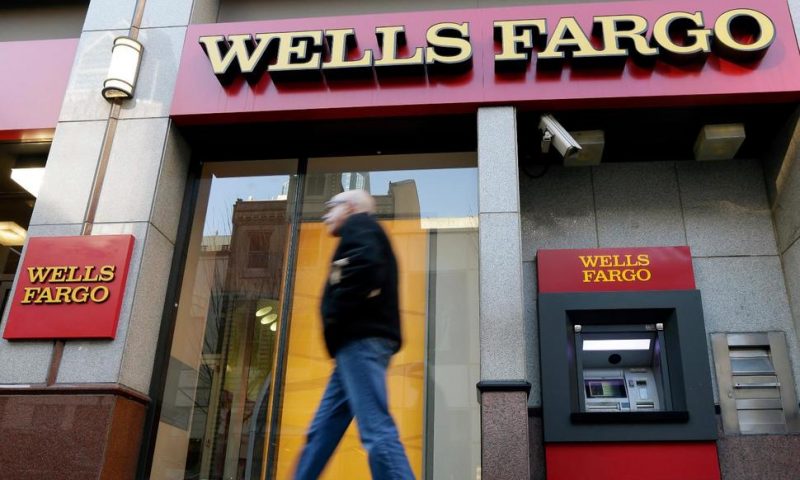Wells Fargo had its most profitable quarter in two years, easily beating Wall Street estimates as the global economy continues its rapid improvement.
SILVER SPRING, Md. — Wells Fargo had its most profitable quarter in two years, easily beating Wall Street estimates as the global economy continues its rapid improvement in the wake of the virus pandemic.
Wells earned $6 billion in the period, or $1.38 per share, easily surpassing analysts projections of 98 cents per share. The company lost $1.01 per share in the same period last year as the coronavirus pandemic ravaged the global economy.
Revenues also came in much higher than projections, with the bank pulling in $20.27 billion in the quarter. Analysts were expecting revenue of $17.76 billion, according to FactSet.
In a sign of the improving economic conditions, the San Francisco bank released $1.6 billion from its loan-loss reserves, money set aside to cover bad loans. Wells set aside $8.4 billion to cover potentially bad loans in last year’s second quarter.
Expectations were high for the banks this earnings season. Banks set aside tens of billions of dollars to guard against customer defaults early in the pandemic; some of those billions are now being moved back onto the “good” side of their balance sheets.
Wells said its net interest income fell 11%, mostly due to falling interest rates and lower loan balances.
As previously announced, Wells plans to raise its third-quarter dividend to 20 cents per share from 10 cents per share, pending board approval. Just more than a year ago its dividend was 51 cents per share. The company also reiterated its plan to buy $18 billion of its shares over the next four quarters.
Wells is trying to exit the strict federal guidelines that sets its asset cap just under $2 billion, hindering its ability to grow.
The Federal Reserve capped the size of Wells Fargo’s assets in 2018 after a series of scandals, most notably the uncovering of millions of fake checking accounts its employees opened to meet sales quotas. The Fed lifted that cap last April as part of the federal government’s Payroll Protection Program because many of Wells’ small business customers were blocked from applying, but most of the restrictions remain.

